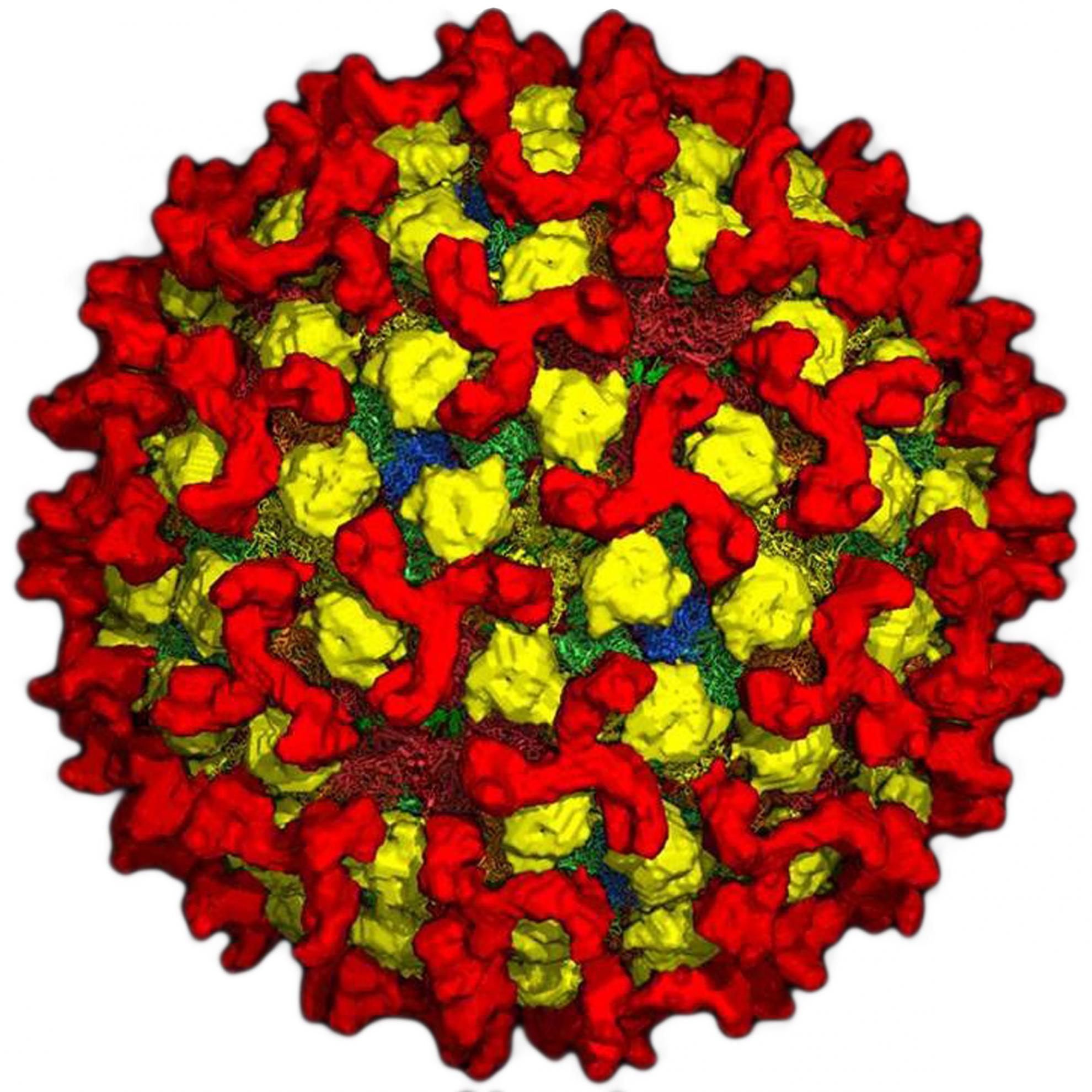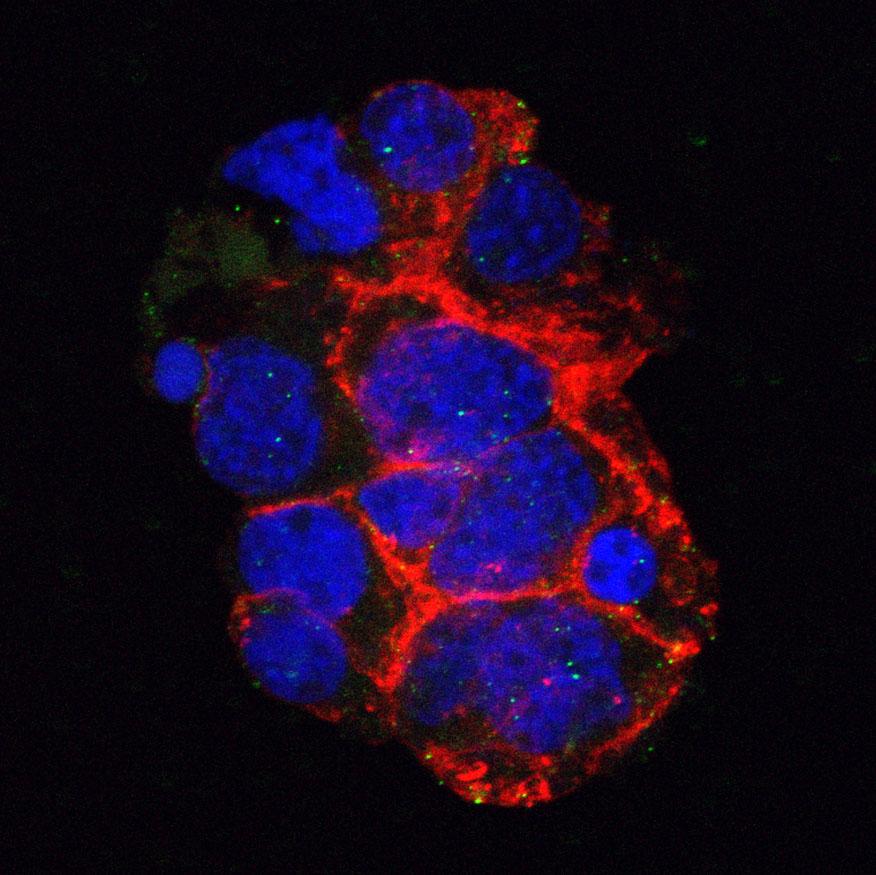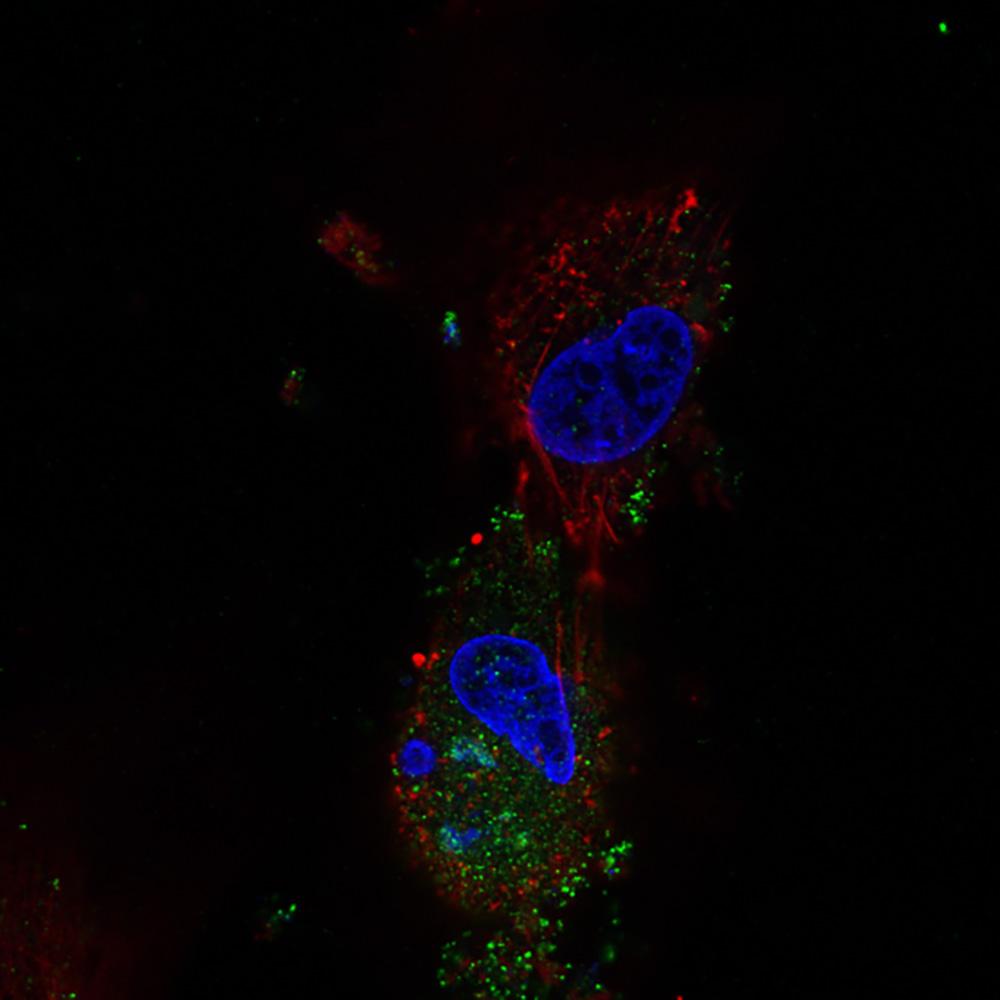Phylogenetic analysis of the capripoxvirus RPO30 gene and its use in a PCR test for differentiating sheep poxvirus from goat poxvirus
The Genus Capripoxvirus (CaPV) of the Poxviridae family comprises sheep poxvirus (SPPV), goat poxvirus (GTPV) and lumpy skin disease virus (LSDV) which are responsible for economically important diseases affecting sheep, goats and cattle respectively. To date, there have been no molecular criteria upon which to base strain designation. The complexity of CaPVs host specificity shows the need to develop more reliable tools for CaPVs identification than the current method which is based on the host origin. Previous reports, based on partial or full genome sequencing indicated that CaP viruses are genetically distinct from each other and can be grouped as three different species: SPPV, GTPV and LSDV. In contributing to the creation of more stringent data for genotyping CaPVs, we have analysed the RPO30 gene of several isolates. The phylogenetic reconstructions have shown that the viruses can be segregated into three different lineages according to their host origins: the SPPV, the GTPV and the LSDV lineages. In addition, a 21-nucleotides deletion found in all individuals within only the SPPV group was exploited to design a classical PCR method to differentiate SPPV from GTPV. This test allows the rapid differential diagnosis of diseases caused by either SPPV or GTPV strains.
Back to publications
Publication
Contributors
Lamien C E, Lelenta M, Silber R, Goff C l, Wallace D, Gulyaz V, Tuppurainen E, Luckins A G, Albina E, Diallo A
Year
2010
Journal
Sustainable improvement of animal production and health. FAO/IAEA International Symposium on Sustainable Improvement of Animal Production and Health, Vienna, Austria, 8-11 June 2009.
Pages
323-326
Associated groups


